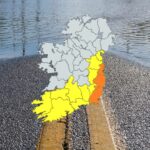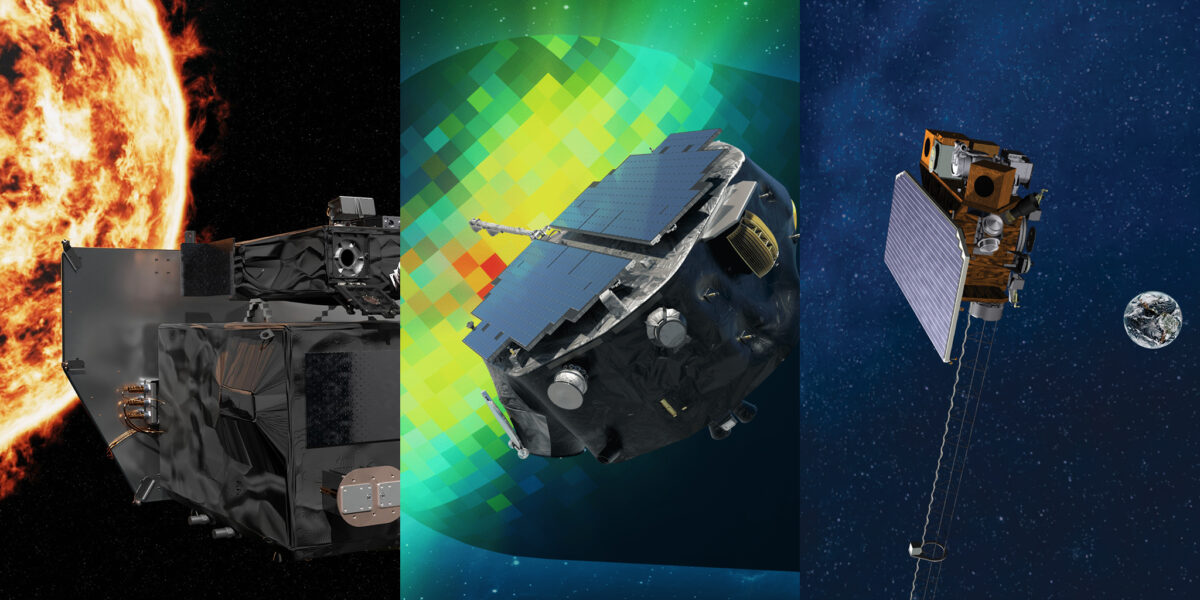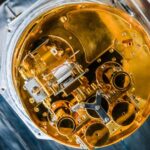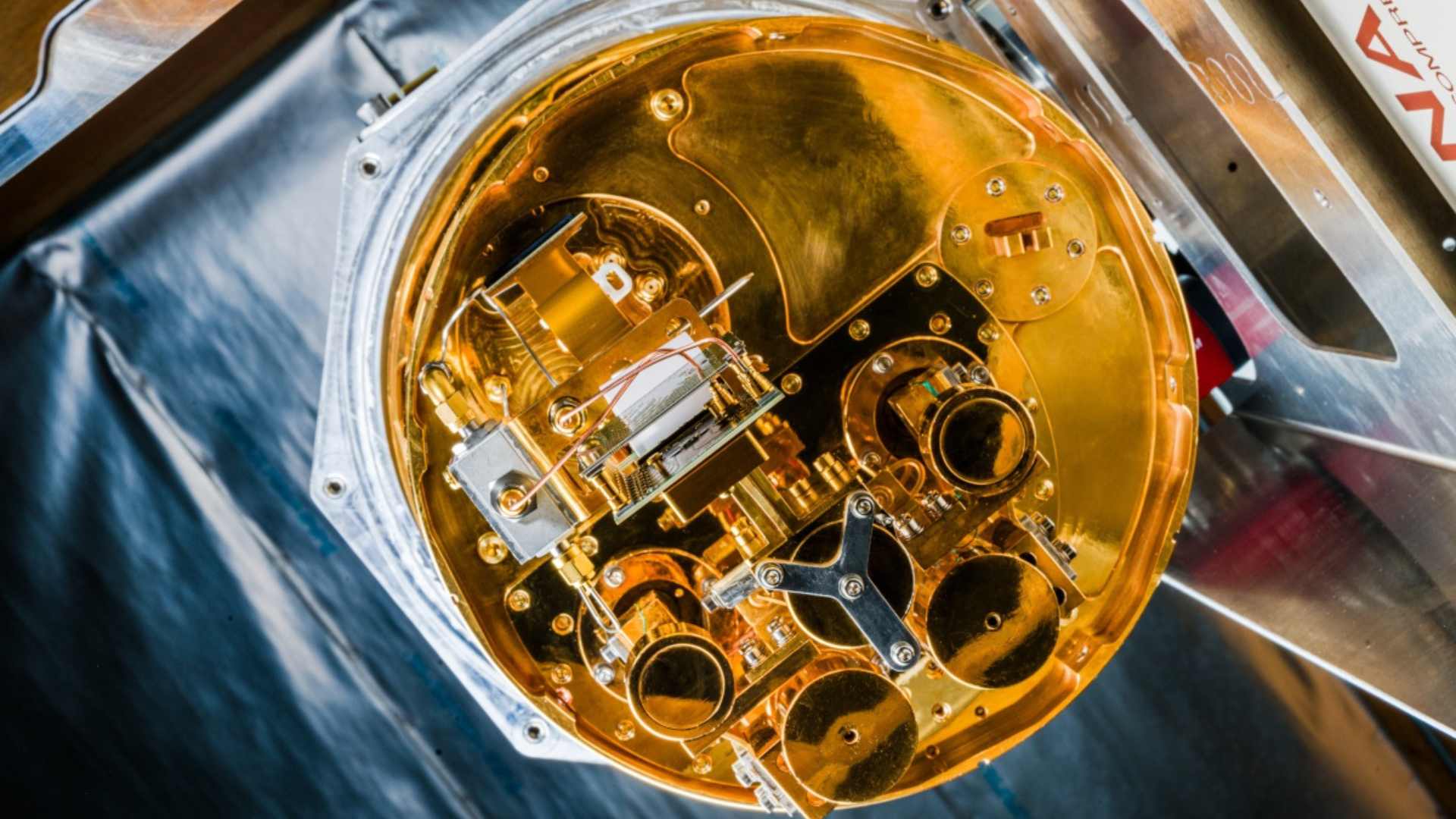
NASA to Launch New Space Weather Observatory

NASA is set to launch a suite of space missions next Tuesday designed to study space weather and map the boundaries of our solar system.
Liftoff from Kennedy Space Center in Florida is scheduled for 7:32 a.m. EDT (12:32 p.m. Irish time) on Tuesday, September 23, aboard a SpaceX Falcon 9 rocket.
The primary payload, the Interstellar Mapping and Acceleration Probe (IMAP), will explore how the Sun’s energy and particles interact with the heliosphere, a vast protective bubble surrounding the solar system, improving understanding of cosmic radiation and its effects on Earth and human space travel.
Two rideshare missions will accompany IMAP. NASA’s Carruthers Geocorona Observatory will observe the faint ultraviolet glow of Earth’s outermost atmospheric layer. The National Oceanic and Atmospheric Administration’s (NOAA) Space Weather Follow On-Lagrange 1 (SWFO-L1) is a dedicated early-warning satellite designed to detect solar storms that could impact Earth’s technology-dependent infrastructure.
All three spacecraft will orbit approximately one million miles from Earth at Lagrange Point 1, a position between Earth and the Sun that offers a stable vantage point for monitoring solar activity.

From left to right, NASA’s Carruthers Geocorona Observatory, IMAP (Interstellar Mapping and Acceleration Probe), and the National Oceanic and Atmospheric Administration’s (NOAA) Space Weather Follow On-Lagrange 1 (SWFO-L1) missions will map our Sun’s influence across the solar system in new ways. Credit: NASA
NASA will provide live coverage of prelaunch and launch events starting at 6:40 a.m. EDT (11:40 a.m. Irish time) on NASA+, Amazon Prime, and other platforms. Coverage will include briefings with mission scientists and officials in the days leading up to launch.
IMAP represents a collaboration of international and domestic partners and aims to continue the legacy of past solar and space weather missions, including measurements first taken during the Apollo era. SWFO-L1 marks NOAA’s first fully operational observatory dedicated exclusively to monitoring space weather.
The missions highlight the increasing importance of understanding space weather. It can interfere with satellite operations, power grids, and communications systems on Earth. It also poses risks to astronauts and robotic explorers.
Share this WeathÉire story:







